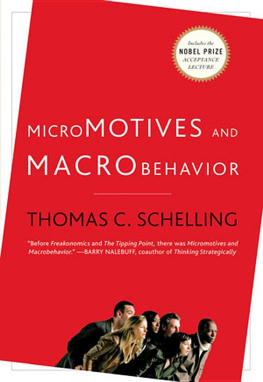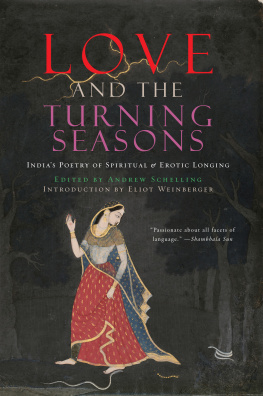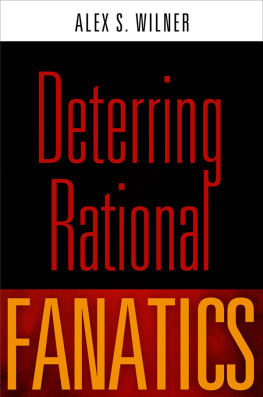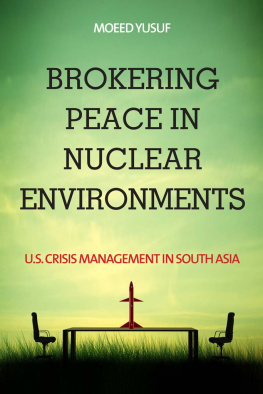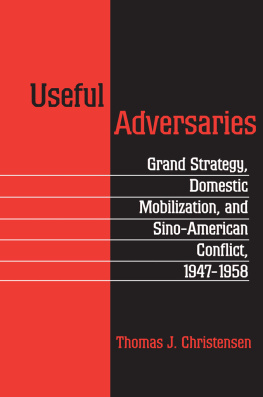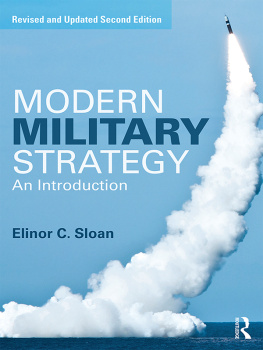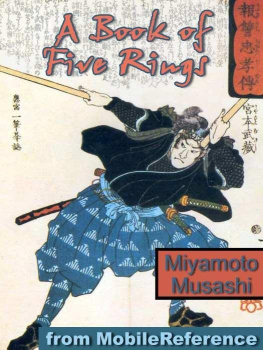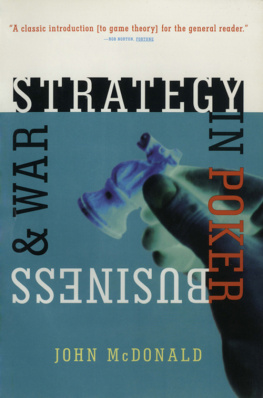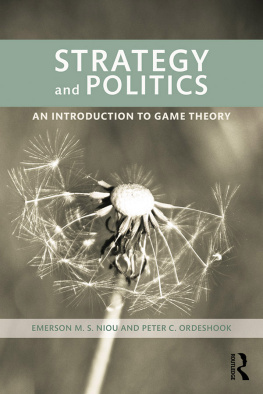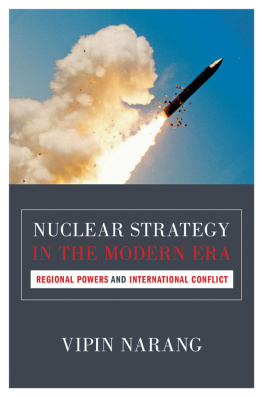

This edition is published by PICKLE PARTNERS PUBLISHINGwww.picklepartnerspublishing.com
To join our mailing list for new titles or for issues with our books picklepublishing@gmail.com
Or on Facebook
Text originally published in 1960 under the same title.
Pickle Partners Publishing 2015, all rights reserved. No part of this publication may be reproduced, stored in a retrieval system or transmitted by any means, electrical, mechanical or otherwise without the written permission of the copyright holder.
Publishers Note
Although in most cases we have retained the Authors original spelling and grammar to authentically reproduce the work of the Author and the original intent of such material, some additional notes and clarifications have been added for the modern readers benefit.
We have also made every effort to include all maps and illustrations of the original edition the limitations of formatting do not allow of including larger maps, we will upload as many of these maps as possible.
THE STRATEGY OF CONFLICT
THOMAS C. SCHELLING
TABLE OF CONTENTS
Contents
PREFACE
This is a series of closely interrelated essays in a field that is variously described as theory of bargaining, theory of conflict, or theory of strategy. Strictly speaking, the subject falls within the theory of games , but within the part of game theory in which the least satisfactory progress has been made, the situations in which there is common interest as well as conflict between adversaries: negotiations, war and threats of war, criminal deterrence, tacit bargaining, extortion. The philosophy of the book is that in the strategy of conflict there are enlightening similarities between, say, maneuvering in limited war and jockeying in a traffic jam, between deterring the Russians and deterring ones own children, or between the modern balance of terror and the ancient institution of hostages.
The analysis is neither difficult nor so dependent on mathematics or analytical apparatus as to be inaccessible to any serious reader. A few chapters call for a rudimentary acquaintance with some concepts from game theory.
The first chapter (in a longer version) was originally presented in early 1959 to a conference on International Relations in the Mid-twentieth Century, at Northwestern University; although the occasion and the audience were somewhat specialized, the paper represents the motivation and theme of the entire book. Chapters 2 and 3 were originally independent articles on bargaining. It was evident, after they were written, that they belonged to the same field as the theory of games; an effort to fit them into the framework of game theory, stretching the framework if necessary, resulted in Chapters 4 through 6 and Appendices B and C. Chapters 7 through 10, and Appendix A, are extensions of the same method to particular problems in international strategy.
Appendices B and C will be of interest mainly to readers conversant with bargaining theory or game theory. Appendix A has been treated as an appendix only because its extended preoccupation with a particular policy problem is in some contrast to the style of Chapter 4, where it would otherwise belong.
The essays are a mixture of pure and applied research. To some extent the two can be separated, as in the companion pieces in Part IV. In my own thinking they have never been separate. Motivation for the purer theory came almost exclusively from preoccupation with (and fascination with) applied problems; and the clarification of theoretical ideas was absolutely dependent on an identification of live examples. For reasons inherent either in the subject or in the author, the interaction of the two levels of theory has been continuous and intense.
Three people have been most influential, probably more than they realize, in my continuing this work. They are Kenneth E. Boulding, Bernard F. Haley, and Charles J. Hitch. Numerous associates, particularly at The RAND Corporation, have lent me ideas and stimulated my own; I refer especially to Bernard Brodie, Daniel Ellsberg, Malcolm W. Hoag, Herman Kahn, William W. Kaufmann, and Albert J. Wohlstetter. William W. Taylor gave me valuable editorial help. And I owe a special word of appreciation to R. Duncan Luce and Howard Raiffa, whose Games and Decisions has been of immeasurable help; if I have often focused critical remarks on the book, it is only because the inevitable lot of a definitive survey is to serve as a definitive target.
During the year before this book went to press I was uniquely located to receive stimulation, provocation, advice, comment, disagreement, encouragement, and education. I spent the year with The RAND Corporation, in Santa Monica. As a collection of people, RAND is superb, and I have mentioned above only the few whose intellectual impact on me was powerful and persistent; many others, truly too numerous to list here, have as individuals affected the final shape of this book. But RAND is more than a collection of people; it is a social organism characterized by intellect, imagination, and good humor. RAND is not responsible for the shapes my ideas have takenthe views herein expressedbut I hope it will, as a corporation, take satisfaction from its responsibility for some of the ideas taking any shape at all.
For readers who have come across some of the chapters before, the following may be of convenience. Chapter 2 appeared with the same title in The American Economic Review, Vol. XLVI No. 3, June 1956. Chapter 3 appeared with the same title in The Journal of Conflict Resolution , Vol. I No. 1, March 1957. Chapters 4, 5, and 6 are a somewhat rearranged version of The Strategy of Conflict, The Journal of Conflict Resolution , Vol. II No. 3, September 1958, with parts eliminated that overlapped other chapters. Appendix B appeared, with the same title, in The Review of Economics and Statistics , Vol. XLI No. 3, August 1959. A longer version of Chapter 10, with the same title, is contained in Klaus Knorr (ed.), NATO and American Security, (Princeton: Princeton University Press, 1959). The several publishers have kindly allowed me to reprint these papers here, with modifications to make an integrated book.
THOMAS C. SCHELLING
Cambridge, Massachusetts
PART I ELEMENTS OF A THEORY OF STRATEGY
1 THE RETARDED SCIENCE OF INTERNATIONAL STRATEGY
Among diverse theories of conflictcorresponding to the diverse meanings of the word conflicta main dividing line is between those that treat conflict as a pathological state and seek its causes and treatment, and those that take conflict for granted and study the behavior associated with it. Among the latter there is a further division between those that examine the participants in a conflict in all their complexitywith regard to both rational and irrational behavior, conscious and unconscious, and to motivations as well as to calculationsand those that focus on the more rational, conscious, artful kind of behavior. Crudely speaking, the latter treat conflict as a kind of contest, in which the participants are trying to win. A study of conscious, intelligent, sophisticated conflict behaviorof successful behavioris like a search for rules of correct behavior in a contest-winning sense.
We can call this field of study the strategy of conflict. We can be interested in it for at least three reasons. We may be involved in a conflict ourselves; we all are, in fact, participants in international conflict, and we want to win in some proper sense. We may wish to understand how participants actually do conduct themselves in conflict situations; an understanding of correct play may give us a bench mark for the study of actual behavior. We may wish to control or influence the behavior of others in conflict, and we want, therefore, to know how the variables that are subject to our control can affect their behavior.
Next page

